Planning a trip to Antarctica is not a short term project and when travelling so far you don’t want to take any more than you need but equally don’t want to miss any opportunity by being caught short of important gear. We booked our trip about 12 months in advance and arranged our flights 9 months in advance so had plenty of time to plan what to take.
Most travellers to Antarctica head for the Antarctic Peninsula with it’s dramatic landscapes, profusion of wildlife and relative accessibility . The peninsula curves up toward South America and the departure point for most ships heading there is Ushuaia, the southernmost city in the world. Ushuaia is in Tierra del Fuego province of the Patagonia region of Argentina and travellers usually arrive via air from Buenos Aires. This complicates packing somewhat as summer in Buenos Aires is hot and needs warm weather clothing in addition to the cold weather gear required for Patagonia and Antarctica. When leaving Buenos Aires we didn’t see our luggage again until on the ship so we needed to make provision for leaving 30 degree Celsius weather and arriving into single digit temperatures with possible wind and rain in Ushuaia, so a fleece and light rain jacket needs to be carried onto the flight. I spent a lot of time researching and planning what to take so will cover what we did in the hope of making it helpful for those planning a trip. This post will cover clothing/luggage and I will cover photography gear in another post.
For any trip clothing is the first issue and most expeditions will supply a recommended gear list. For the cold, layering is crucial and we used merino wool base layers (long sleeve top and long johns) which were warm and have the huge benefit of not smelling bad after one use. Mid layers were a fleece top and track pants. The top layer of windproof, breathable, water proof pants and a parka which most trips will include in the price or supply for the duration of the expedition. I found a windproof beanie perfect , needing to remove only once after hiking up a fairly decent climb. Edin preferred a thin merino beanie and the hood of her parka if needed. Footwear was neoprene insulated knee high waterproof boots (Grub boots) over a thin and then thick sock for Edin while I found a single thick sock adequate. If you have no need of these boots at home they can be hired but I have had mine for years and use them regularly when out photographing in New Zealand. For hands we had a few pairs of gloves but I found a thin windproof pair all I needed. A thicker pair would have been more comfortable at times but I preferred to sacrifice a bit of comfort for ease of camera operation. Being smaller and more prone to the cold, Edin found a double layer of gloves useful at times.
My complete clothing list included;
Flight NZ to BA via Santiago – smart crease proof trousers and Columbia shirt, flight socks and quick on-off elastic sided boots (GriSport Gladstone)
- underwear x5
- thin socks x3 pair
- shorts x1
- Columbia quick dry shirts x2 in addition to shirt worn on flight
- running shoes
This covered Buenos Aires. In the heat clothes could be washed and would dry overnight so one fewer shirts would suffice.
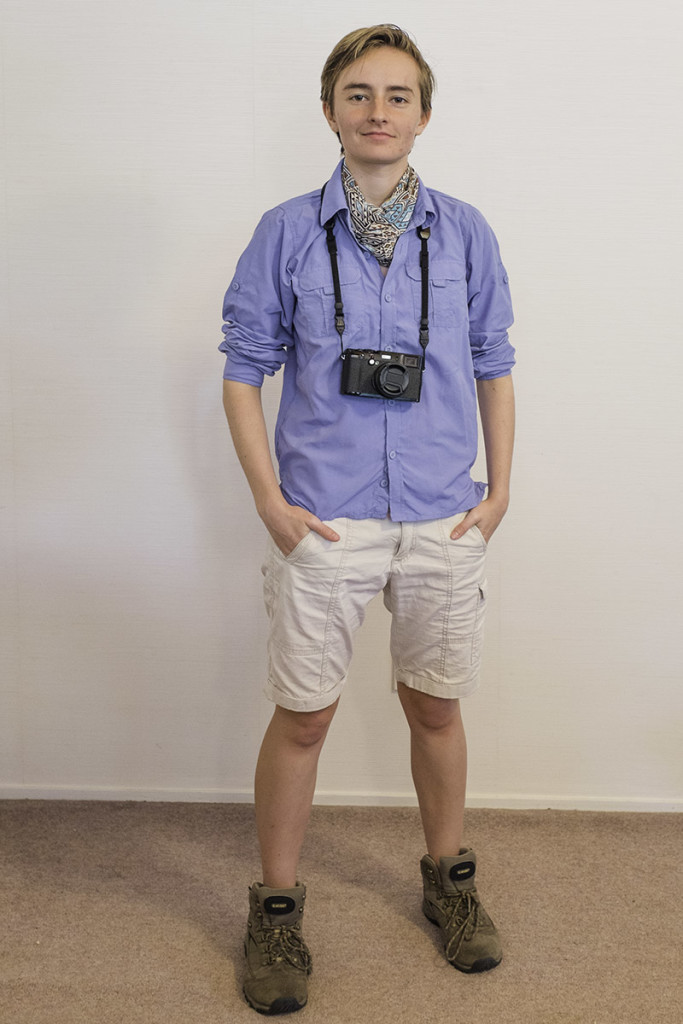
Flight to Ushuaia – Jeans and Columbia shirt with Swazi Molesworth windproof fleece* and North Face light windproof rain jacket carried.
Clothing for Antarctica;
- Icebreaker merino top base layer x3 (1 used onboard and 2 alternated for landings)*
- MacPac merino long john x1*
- MacPac fleece pants mid layer x1*
- MacPac windproof, waterproof pants*
- Grub boots*
- Light down Jacket
- Flannel shirts x2
- Thick knee length socks x3
- 2 pairs thick windproof waterproof gloves
- 2 pairs thin windproof gloves
- Windproof beanie
- Windproof balaclava
- Insulated peaked cap
On board the ship, jeans, merino base and flannel shirt with pull-on boots were perfect. If heading on deck I would add my windproof beanie and Swazi Molesworth with thin windproof gloves if needed. For Zodiac cruises, landings or kayaking the full layer setup including parka (without the insulating inner) were used. It is useful to have foot wear that is quick to get on and off as when exiting the ship we would need to get geared up in our cabins before heading to the mud room where we would need to change into our Grub boots which were stored in our boot locker there. Dealing with laces while dressed up in bulky layers would be a pain so an easy change boot is a sensible option.
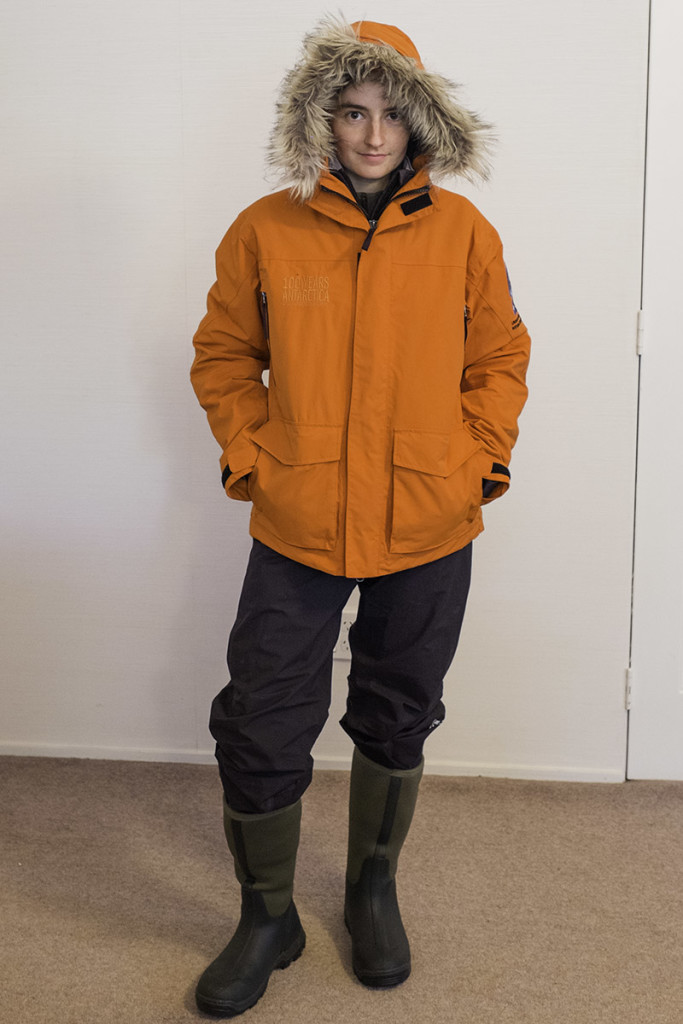
In terms of luggage we used 2 Tatonka barrel duffels, one Large *and one Extra-large*, which were perfect, being tough and compressible so when unpacked could be stuffed easily beneath our bunks. Clothing was packed into Kathmandu packing cells*, the smaller barrel duffel was packed for Buenos Aires and and the larger was not opened until we were on board the ship. They had sufficient capacity to pack our Parkas for the trip home too.
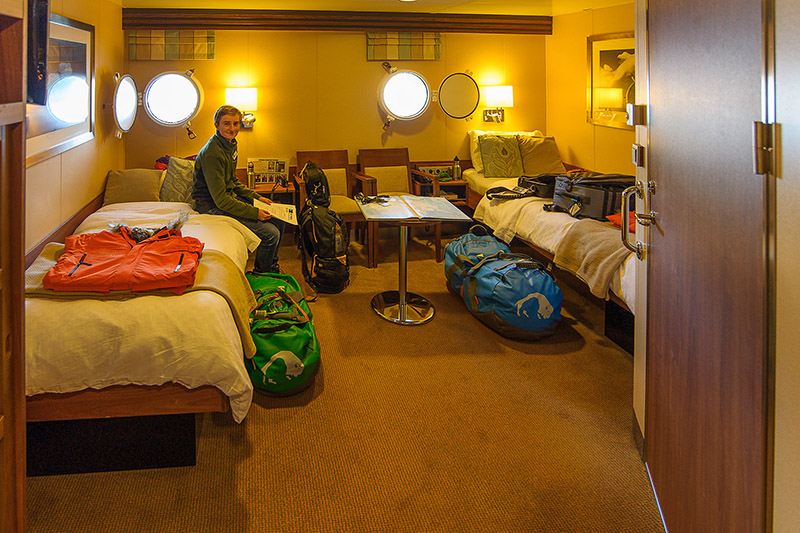
Reflecting on what we took, I think we did quite well. The test is whether we took anything we didn’t use and whether there was something we needed but didn’t have. The second question is easy – we didn’t at any stage feel we needed something we didn’t have. The things I took but didn’t use were;
- Windproof balaclava
- Thick gloves
If I were to go again I would still take these items as we were lucky with weather and they would be useful if the weather had been worse. I used my thin down jacket twice but it was superfluous as the liner of the Parka performed an identical function so this was a duplicated item and I would leave it next time. Photographically there was more that I took but didn’t use and I will cover this in a future post.
*hyperlinks to clothing current at time of publishing.
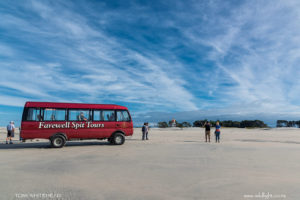
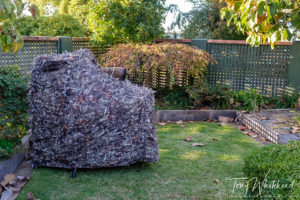
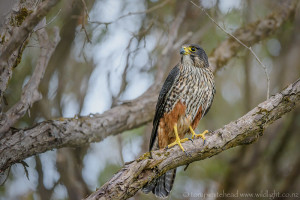
Pingback: Antarctica – Gearing up for a photo expedition. Photography gear.
Pingback: Antarctica Master Post